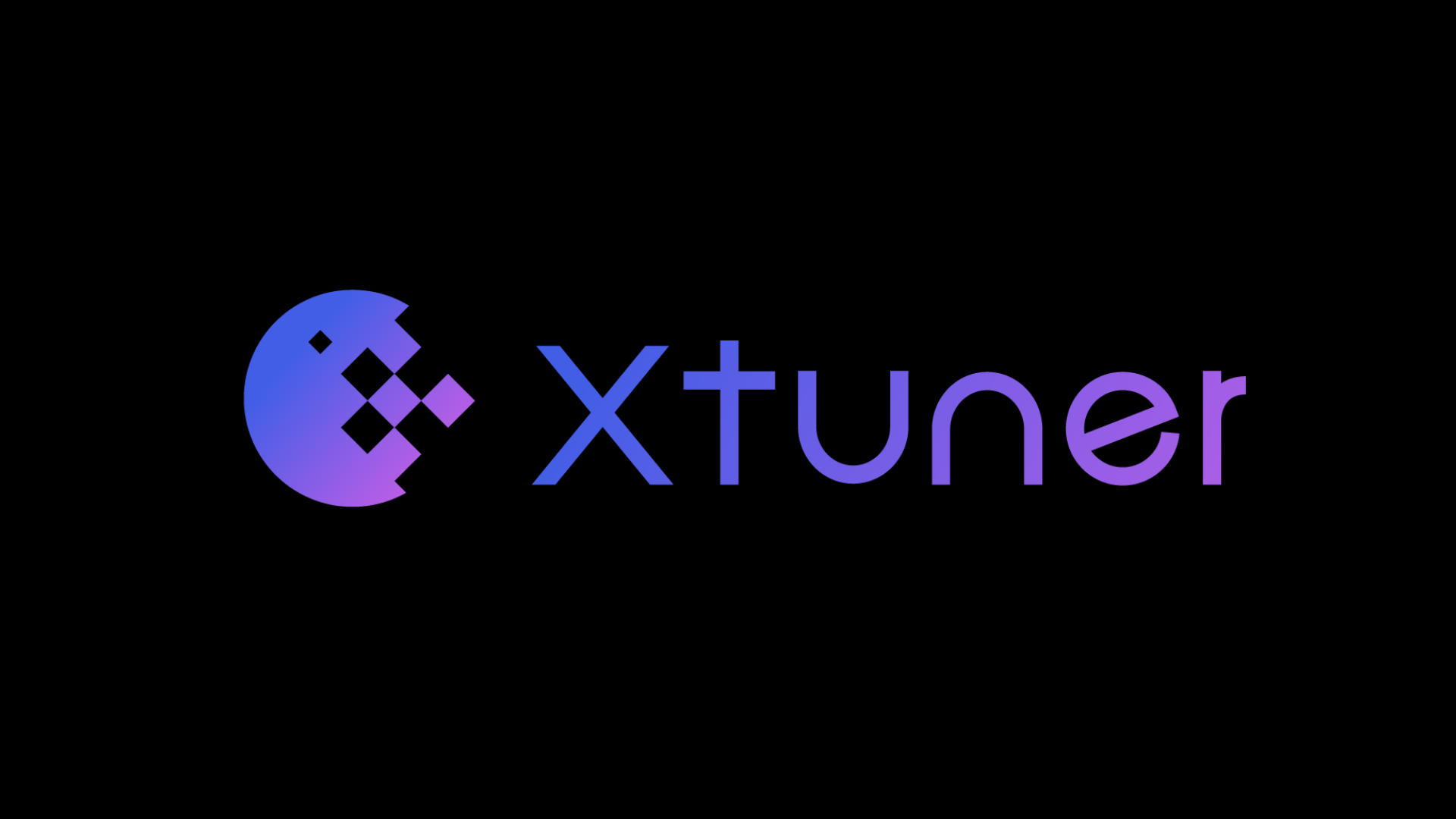记:微调一个情绪对话模型
数据准备
1.使用大模型生成不同情绪的对话模版
1 | { |
2.准备需要提问的数据,利用大模型根据对话模版来生成对应的数据
3.将数据转为符合LLama Factory训练的数据格式
1 | import json |
微调
4.LLama Factory使用
参考:https://llamafactory.readthedocs.io/zh-cn/latest/getting_started/installation.html
- 安装依赖:
1 | git clone --depth 1 https://github.com/hiyouga/LLaMA-Factory.git |
- 检查校验:
完成安装后,可以通过使用llamafactory-cli version来快速校验安装是否成功
如果您能成功看到类似下面的界面,就说明安装成功了。
- 训练数据格式:
单轮对话:
1 | "alpaca_zh_demo.json" |
多轮对话:
1 | [ |
对于上述格式的数据,
dataset_info.json中的 数据集描述 应为:
2
3
4
5
6
7
8
9
10
"file_name": "data.json",
"columns": {
"prompt": "instruction",
"query": "input",
"response": "output",
"system": "system",
"history": "history"
}
}
- WebUI:
命令:llamafactory-cli webui
重点关注的文件:
自己的数据集json文件放置
LLaMA-Factory/data/目录下LLaMA-Factory/data/identity.json模型身份训练数据,可以换成自己的LLaMA-Factory/data/dataset_info.json数据设置文件,在此文件中配置自己的数据集json文件
1
2
3
4
5
6
7
8
9
10
11
12
13
14
15
16
17
18
19
20
21{
"identity": {
"file_name": "identity.json"
},
"自己的数据集名称": {
"file_name": "自己的数据集.json",
"columns": {
"prompt": "instruction",
"query": "input",
"response": "output",
"system": "system",
"history": "history"
},
"alpaca_en_demo": {
"file_name": "alpaca_en_demo.json"
},
"alpaca_zh_demo": {
"file_name": "alpaca_zh_demo.json"
},
......
}微调:
进入到LLaMA-Factory目录,准备好对应的文件,设置好对应的配置
- 配置的参数与数据集的参数保持一致:
1
2
3
4
5
6
7
8[
{
"instruction": "闺蜜把我秘密当谈资,该不该撕破脸?",
"input": "",
"output": "傲娇\n哼!当然不能忍啊!谁要帮你出气来着...😒 \n不过嘛...先别冲动,这种事情直接撕多难看。🙄 你想想她是不是无意的?还是经常这样?(突然压低声音)...我教你个办法,假装不经意问她:\"哎听说你最近跟我那事说给好多人听了?\"看她反应再说。 \n\n要是真欺负你头上...啧,老娘可不答应!😳 等等,你先深呼吸,咱得智取。想好怎么说了吗?要不要我陪你演练一下?才不是担心你呢,就是怕你吃亏!"
},
......
]llamafactory-cli webui启动可视化页面,配置好相关参数,然后开始训练,当损失趋于平缓时即可结束训练。查看NV显卡状态:
pip install nvitop安装nvitop查看,微调时显存占用保持90%+,不超过95%
QLora (量化) 微调:如果启用QLora,在量化等级中选择对应的参数,在LoRA参数设置里额外配置LoRA 秩(64)和LoRA 缩放系数(128),一般设置为1:2:
检查点保存的位置:
/LLaMA-Factory/saves
**评估:**关键参数与训练参数对齐。
模型合并导出:
- 设置好底模和检查点以及导出路径
对话模版:
在模型的列表中有个
chat_template.jinja使用vLLm推理时需要使用这个对话模版
推理
建立一个新环境:
conda create -n vllm python=3.12 -y激活:
conda activate vllm安装vllm:
pip install vllm带聊天模版运行:
1
2
3
4vllm serve /root/autodl-tmp/models/Qwen3-1___7B_checkpoint-500 \
--chat-template /root/autodl-tmp/models/Qwen3-1___7B_checkpoint-500/chat_template.jinja \
--host 0.0.0.0 \
--port 8000创建一个简单的Gradio UI界面测试:
1
2
3
4
5
6
7
8
9
10
11
12
13
14
15
16
17
18
19
20
21
22
23
24
25
26
27
28
29
30
31
32
33
34
35
36
37
38
39
40
41
42
43
44
45
46
47
48
49
50
51
52
53
54
55
56
57
58
59
60
61
62
63
64
65
66
67
68
69
70
71
72
73
74
75
76
77
78
79
80
81
82
83
84
85
86
87
88
89
90
91
92
93
94
95
96
97
98
99
100
101
102
103
104
105
106
107
108
109
110
111
112
113
114
115
116
117
118
119
120
121
122
123
124
125
126
127
128
129
130
131
132
133import gradio as gr
import requests
import json
# VLLM服务器配置
VLLM_URL = "http://localhost:8000/v1/chat/completions" # 修改为你的VLLM服务地址
def chat_with_vllm(message, history, temperature=0.7, max_tokens=512):
"""
与VLLM服务进行对话
"""
try:
# 构建消息历史
messages = []
for user_msg, assistant_msg in history:
messages.append({"role": "user", "content": user_msg})
if assistant_msg:
messages.append({"role": "assistant", "content": assistant_msg})
# 添加当前消息
messages.append({"role": "user", "content": message})
# 发送请求到VLLM
payload = {
"model": "/root/autodl-tmp/models/Qwen3-1___7B_checkpoint-500", # 替换为你的模型名称
"messages": messages,
"temperature": temperature,
"max_tokens": max_tokens,
"stream": False
}
response = requests.post(VLLM_URL, json=payload, timeout=60)
if response.status_code == 200:
result = response.json()
reply = result['choices'][0]['message']['content']
return reply
else:
return f"错误: {response.status_code} - {response.text}"
except Exception as e:
return f"连接错误: {str(e)}"
def clear_chat():
"""清空对话历史"""
return [], ""
# 创建Gradio界面
with gr.Blocks(title="VLLM 对话测试", theme=gr.themes.Soft()) as demo:
gr.Markdown("# VLLM 对话测试界面")
with gr.Row():
with gr.Column(scale=3):
chatbot = gr.Chatbot(
label="对话历史",
height=500,
show_copy_button=True
)
with gr.Row():
msg = gr.Textbox(
label="输入消息",
placeholder="在这里输入你的问题...",
lines=2,
max_lines=5
)
with gr.Row():
send_btn = gr.Button("发送", variant="primary")
clear_btn = gr.Button("清空对话")
with gr.Column(scale=1):
gr.Markdown("### 参数设置")
temperature = gr.Slider(
minimum=0.1,
maximum=2.0,
value=0.7,
step=0.1,
label="Temperature"
)
max_tokens = gr.Slider(
minimum=50,
maximum=2048,
value=512,
step=50,
label="Max Tokens"
)
gr.Markdown("### 使用说明")
gr.Markdown("""
1. 确保VLLM服务正在运行
2. 修改代码中的VLLM_URL和模型名称
3. 调整Temperature和Max Tokens参数
4. 在输入框中输入问题并点击发送
""")
# 事件绑定
def respond(message, history, temp, max_tok):
if not message.strip():
return history, ""
# 获取AI回复
bot_message = chat_with_vllm(message, history, temp, max_tok)
# 更新历史记录
history.append((message, bot_message))
return history, ""
# 绑定事件
send_btn.click(
respond,
inputs=[msg, chatbot, temperature, max_tokens],
outputs=[chatbot, msg]
)
msg.submit(
respond,
inputs=[msg, chatbot, temperature, max_tokens],
outputs=[chatbot, msg]
)
clear_btn.click(
clear_chat,
outputs=[chatbot, msg]
)
if __name__ == "__main__":
demo.launch(
server_name="0.0.0.0",
server_port=7860,
share=False,
debug=True
)训练的数据集为单轮对话:
本博客所有文章除特别声明外,均采用 CC BY-NC-SA 4.0 许可协议。转载请注明来源 Veeblue!
评论












